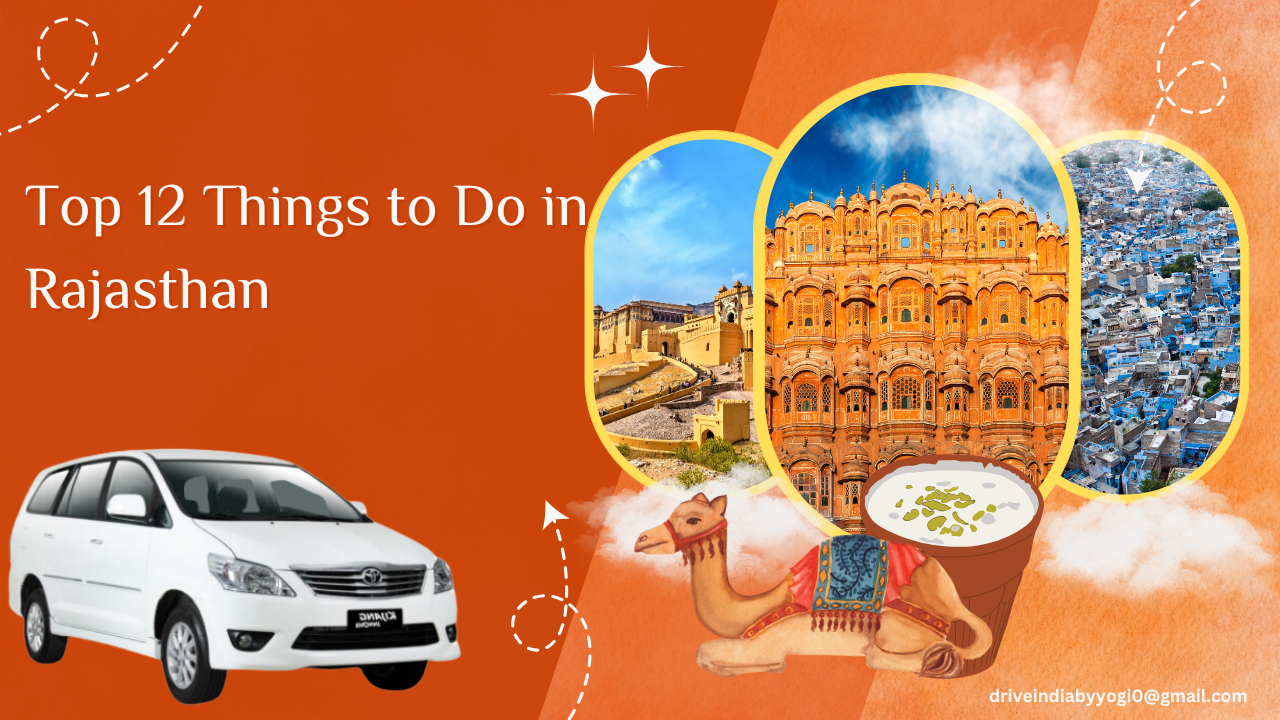Hire Private Car with Driver in India
Hire Private Car with Driver in India Safe, Reliable & Personalized Travel for Every Journey Planning a trip to Hire Private Car with Driver in India can be thrilling—but navigating its vibrant cities, cultural sites, and scenic countryside can be overwhelming, especially for international travelers. Whether you’re landing in Delhi, exploring the royal city...






